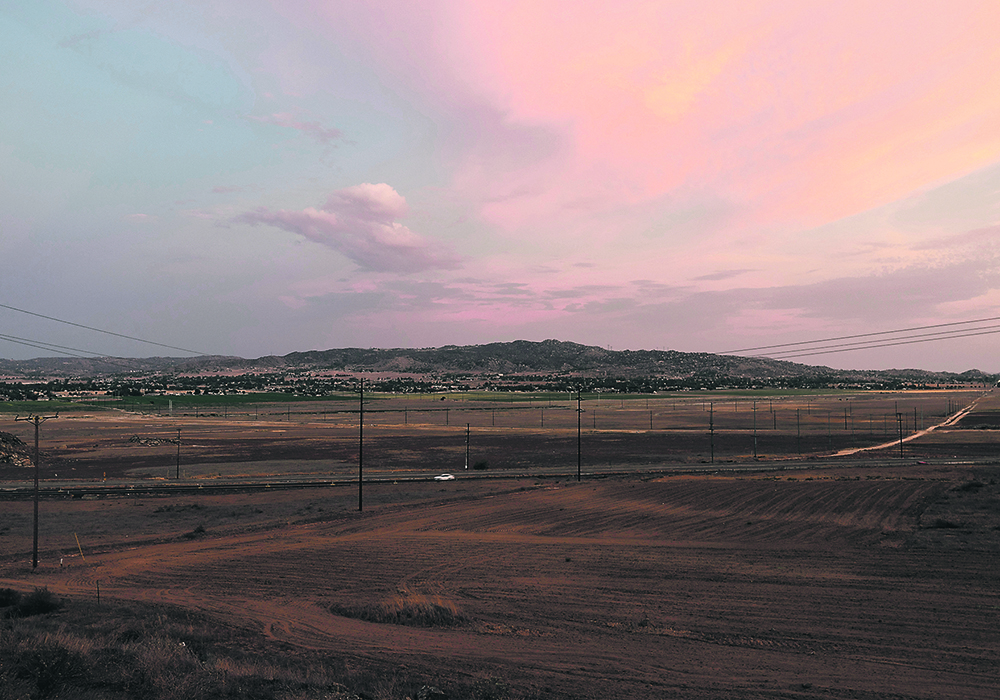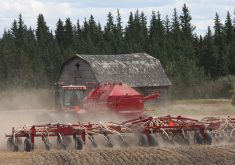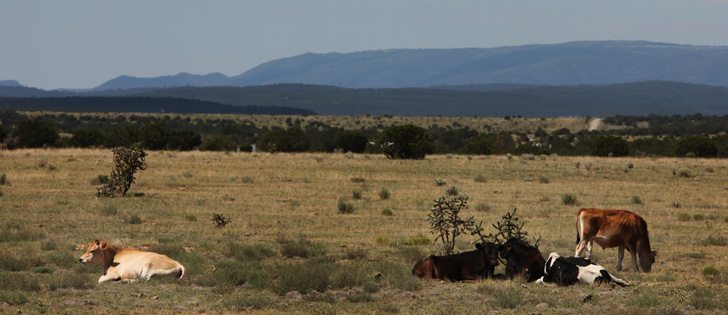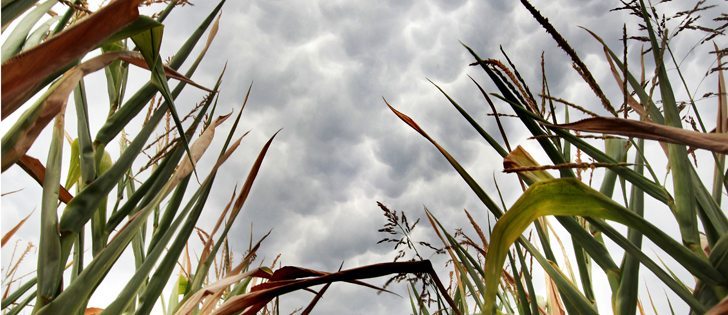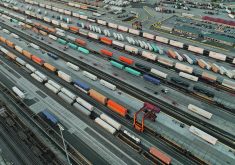Forecasts over the next three months point to continuing or spreading drought conditions in the Midwest and Gulf states
The Canadian Prairies are recovering from last year’s drought but the situation south of the border seems to be getting worse for ranchers, according to cattle producers in Texas, California and Nebraska.
The online discussion hosted by the U.S.-based Farm Journal also featured Oklahoma State University agribusiness professor Derrell Peel, who broke down a not-so-bright short-term future for ranchers.
“(The drought) has expanded significantly in recent weeks in the southern Plains and into parts of the Midwest now and in the central Plains” said Peel, also pointing out nearly 70 percent of the United States is reporting abnormally dry conditions with half the country experiencing drought.
While the northern plains states have experienced a reprieve, the dry conditions of 2020 in some regions, which spread in 2021, are persisting this year and causing cumulative impacts from successive droughts.
“Last year’s drought did cause on an annual basis a nine percent increase in beef cow slaughter and so far, this year we’re running about 14 percent above year-ago levels through the first half of the year,” said Peel.
He said there isn’t much to look forward to because forecasts over the next three months all point to continuing or spreading drought conditions in the Midwest and Gulf states.
Hay stocks coming into the spring were already depleted with hay production also pinching feed supplies, along with poor forage conditions, said Peel.
“Not surprisingly, we’re seeing and expecting to continue to see record high hay prices going forward,” he said.
The end result will see a continued decline in beef cattle inventories across the U.S. and continued increased movement of heifers to feedlots and slaughter.
“The other half of that of course is we’re not saving heifers, we’re not retaining heifers for beef cow replacements,” said Peel. “We’re going to have a very limited supply of heifer calves and bred heifers as we go into next year.”
Texas cattle producer Joe Leather said the emergency management plans he developed for his ranches a decade ago didn’t consider how bad things would get this year.
That plan included not fully stocking his land over the past decade while improving irrigation and water management systems.

“The problem we have is we had six half-mile pivots in 2011 — we still have those — but it takes too long to get around and water that grass with the heat over 100 degrees (Fahrenheit) and the wind blowing,” said Leather, adding that his ranch had added smaller pivots after that drought year. “But even with those smaller pivots, it was having a hard time getting the growth it normally would and then we had grasshoppers moving in.”
California isn’t doing too much better, according to Tony Toso, who said things were looking good following one of the best Decembers he’d seen on the moisture side.
“Jan. 1 it was like it just shut off completely,” he said.
The biggest issue is water restrictions and rapidly rising feed prices.
“I just bought some orchard grass hay and it cost US$400 a ton. Not alfalfa but orchard grass,” said Toso.
Forest fires in California are complicating matters, he added.
The Midwest is only modestly faring better, added Nebraska rancher Steve Hanson, who said he’s managing by using his farming operation to supplement feed.
“Last fall was the start of that really, really dry conditions. We had pretty good rain until about June of last year but once the first of July hit, it shut off up there (at the ranch) and shut off down on our farm,” said Hanson, adding good sub-soil moisture levels are making the difference.
“This year, we had no sub-soil to start, we have dryland corn — that’s where we get a lot of our feed value — and basically, we have lost half of our dryland corn at this stage.”
If rain doesn’t fall in the next 10 days, Hanson said he expects to lose the other half of his corn.


